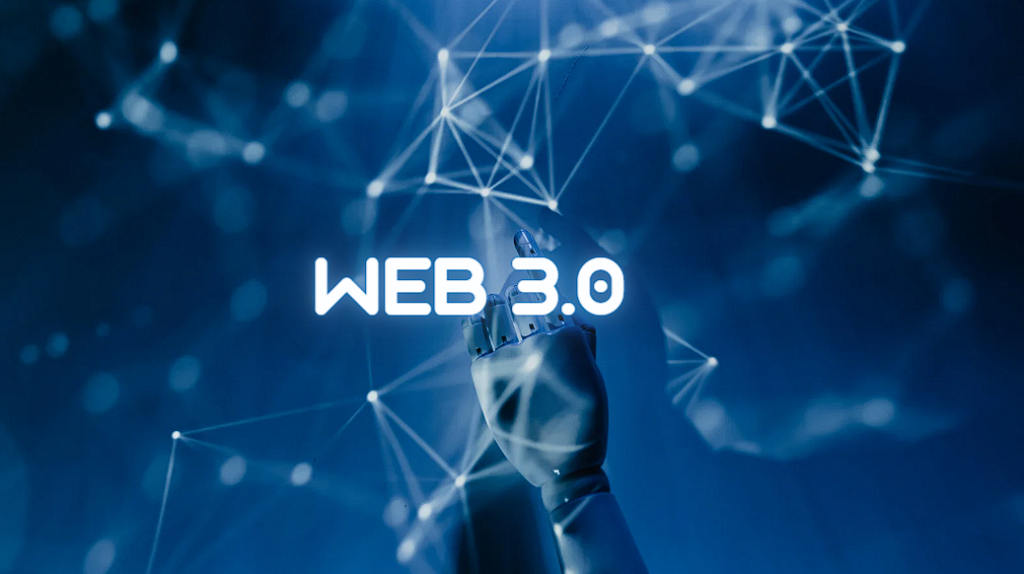
The internet has changed a lot since its inception in 1989. From static web pages to interactive social media platforms, from centralized servers to distributed networks, from limited data access to abundant information sources, the web has evolved through different phases and paradigms.
But what is next for the web? How will it look like in the future? And what are the implications for users, developers, and businesses?
What is Web 3.0?
Web 3.0 is a term that describes the next generation of the web, which promises to be more decentralized, intelligent, and user-centric.
Decentralized: Web 3.0 relies on blockchain technologies, such as cryptocurrencies and non-fungible tokens (NFTs), to enable peer-to-peer transactions and interactions without intermediaries or gatekeepers. This means that users can have more control over their own data, identity, and assets on the web.
Intelligent: Web 3.0 leverages artificial intelligence (AI) and machine learning (ML) to provide more personalized and relevant content and services to users. This means that the web can understand user preferences, context, and intent better than before.
User-centric: Web 3.0 empowers users to create and share their own content and value on the web. This means that users can benefit from their own contributions and participate in a more democratic and inclusive web.
What is the differences between Web 3.0 and Web 2.0?
The fundamental difference is that Web 2.0 focuses on reading and writing content, whereas Web 3.0 focuses on creating content (Semantic Web). The latter is much better, utilizing technology to facilitate information interchange amongst web users while simultaneously enhancing cybersecurity. Semantic Web is part of the natural evolution of the web, in which Web 1.0 was about linked webpages, Web 2.0 was about linked apps, and Web 3.0 is about linked data.
Web 3.0 is still an emerging concept that has not yet reached its full potential or adoption. However, it has already attracted a lot of interest and investment from various stakeholders, such as technologists, entrepreneurs, investors, regulators, and enthusiasts. Web 3.0 is not just a technological innovation; it is also a social movement that challenges the status quo of the web and seeks to create a more open, fair, and collaborative online ecosystem.
Conclusion:
In conclusion, Web 3.0 is the next generation of the web that aims to be more decentralized, intelligent, and user-centric. It leverages blockchain technologies, artificial intelligence, and user empowerment to create a more open, fair, and collaborative online ecosystem. While still an emerging concept, Web 3.0 has already attracted significant interest and investment from various stakeholders. Understanding and embracing Web 3.0 can have significant implications for users, developers, and businesses, and staying informed about its development and potential impact is crucial for anyone who uses or creates on the web.
